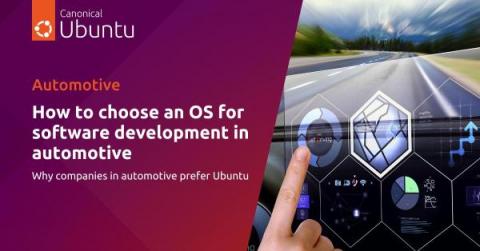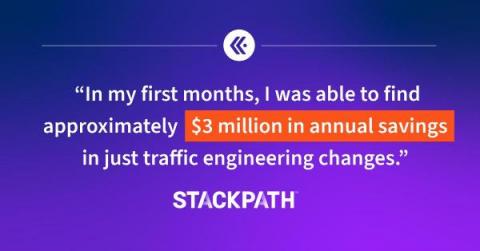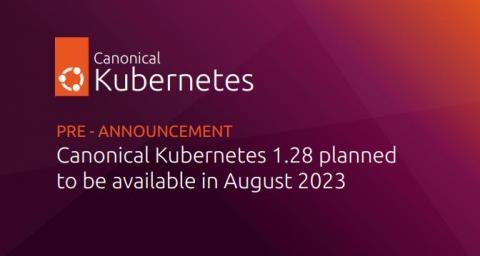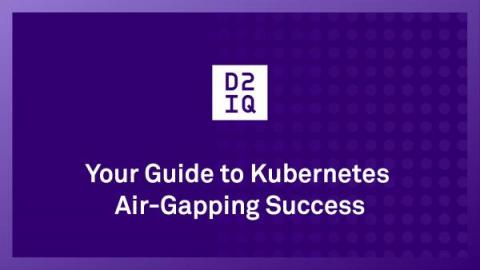Operations | Monitoring | ITSM | DevOps | Cloud
Blog
Lighthouse vs Sitespeed + Graphite: A Comparative Analysis of Web Performance Tools
Web performance is a critical aspect of delivering exceptional user experiences. To measure and optimize website performance, various tools are available, each offering unique features and capabilities. In this article, we will compare two popular web performance tools: Lighthouse and Sitespeed combined with Graphite. We'll explore the strengths and benefits of each toolset, helping you make an informed decision for your performance testing and optimization needs.
Large language models (LLMs): what, why, how?
$3 Million in Savings and Improved Performance: A Case Study Featuring StackPath
When your business is all about providing cloud services at the edge, optimizing the quality of your network connectivity is paramount to customer success. Learn how StackPath saved $3 million and optimized their network performance by using Kentik.
How to Measure Network Throughput Like A Network Pro
In today's digital age, where fast and reliable connectivity is crucial for both personal and professional endeavours, understanding how to accurately measure network throughput has become an essential skill for network professionals and enthusiasts alike.
Improve Visibility and Capture More Data with Triage Incidents
As new incidents emerge, there are often many unknowns about the size, severity, and cause of the problem. Sometimes it’s not clear if the problem is an incident at all. That’s where introducing a triage stage to your incident management process can help. In this post, we’ll look at the benefits of adding a triage layer to your incident management, and how Rootly’s Triage feature allows you to seamlessly transition from triage to real incident (or false alarm).
Canonical Kubernetes 1.28 pre-announcement
Your Guide to Kubernetes Air-Gapping Success
Military and intelligence agencies, hospitals and corporations all deploy air-gapped environments to protect their sensitive information from breaches and theft. An air-gapped environment aims to isolate and limit access to classified and sensitive data. An air-gapped environment can be as simple as five PCs in a room connected only to one another, whereas air-gapped environments like the U.S.
Best practices for monitoring static web applications
Static sites are currently a popular solution for many lightweight web applications, such as corpsites, blogs, job listings, and documentation repositories. In static web architecture, pages are generated and pre-rendered at build time from markup files, and usually cached in a content delivery network (CDN) for efficient delivery. This saves teams the effort and cost of server management while enabling fast page load times.
Data Observability: An Introductory Guide
As more companies rely on data insights to drive critical business decisions, data must be accurate, reliable, and of high quality. Gaining insights from data is essential, but so is the data’s integrity so that you can be sure that data isn’t missing, incorrectly added, or misused. This is where data observability comes in.











